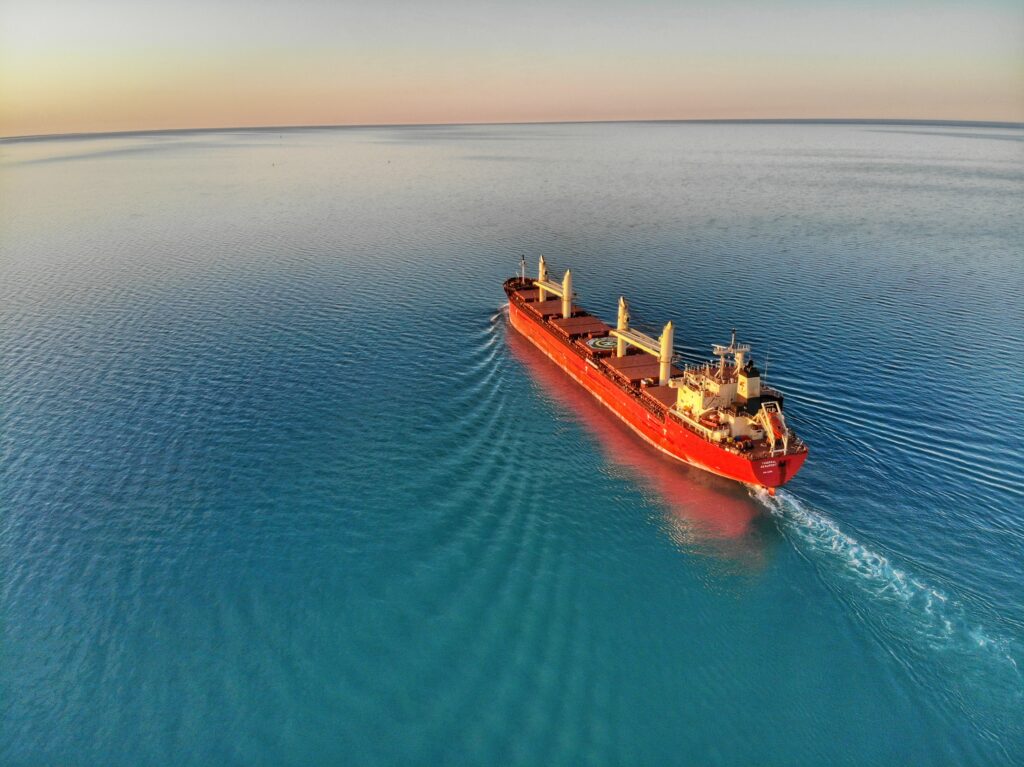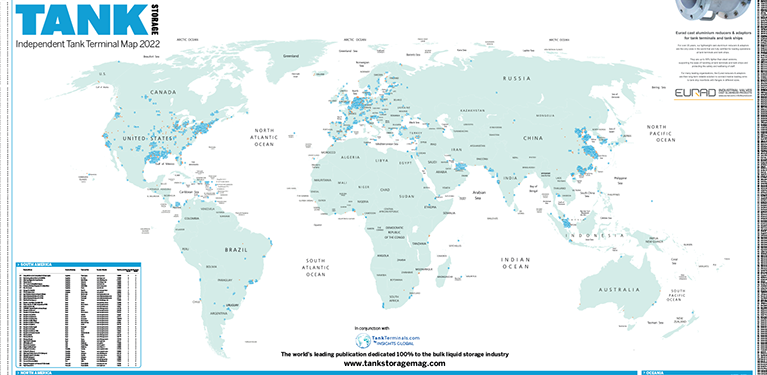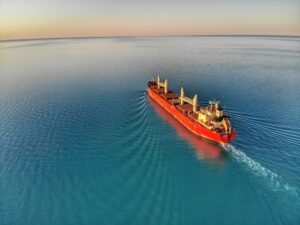US LNG exports are a critical part of energy systems across Asia Pacific – and are needed to provide energy security and support the energy transition for decades to come
 The pause on pending LNG export approvals recently announced by the US government has the potential to have a profound and long-term negative impact on the Asia-Pacific region and the communities and economies within it.
The pause on pending LNG export approvals recently announced by the US government has the potential to have a profound and long-term negative impact on the Asia-Pacific region and the communities and economies within it.
LNG Imports To Asia
Asia Pacific is an energy importing region, and that demand is set to grow in coming decades – not reduce. Countries within the region often access gas through LNG imports, which are required for energy security and to facilitate the transition away from the high-emitting coal that remains the largest single source of power generation in Asia.
A report by Rystad Energy in 2023 found that the full US export potential – equivalent to around 70 billion cubic feet per day (1.98 billion m³) as compared to the 46 billion cubic feet (1.3 billion m3) currently approved – for LNG must be met by 2040 to avoid price scenarios that would increase coal consumption region-wide.
Rystad Energy projected a low-carbon (1.9°C) 2050 scenario with substantial LNG demand growth in developing Southeast Asia, requiring surety of supply over the long-term to avoid market dynamics that lead to increased coal consumption. Bodies which know Asia best, such as The Institute of Energy Economics Japan, the Asia Pacific Energy Research Centre, the Economic Research Institute for ASEAN and East Asia, and country-specific energy plans all forecast substantially higher demand for natural gas than Western counterparts.
The nature of LNG export facilities is that they require years of planning, bespoke financing structures, and commercial agreements between exporters and offtakers to justify the billions in investment required to bring projects online. They cannot be rapidly constructed and brought into operation in response to sudden, unforeseen market disruptions.
International Agreements & Collaboration
The Asia Natural Gas and Energy Association calls on the US government to:
- Expeditiously resolve the pause to enable the export approval process to resume and restore certainty in the long term for the US LNG export market.
- Ensure that if any changes to the permitting process are to be made, the revised process be founded in accurate data and account for both the global nature of LNG supply, the merits of US LNG cargoes’ emission profiles relative to other jurisdictions and the impact of LNG displacement of coal for power generation.
By doing so, the US government can help ensure Asia Pacific has an energy future that features both sustained economic growth and tangible progress towards net zero aspirations. US LNG will replace higher-emission fuels sources such as fuel oil, wood, animal waste and coal and in-depth analysis by the US National Energy Technology Lab has shown that exports to date have resulted in reduced emissions for destination countries.
In particular, natural gas produces up to 60% less emissions than coal when used to generate electricity. Use of gas is estimated to be responsible for 61% of the emissions reductions achieved by the US power sector since 2005. Asia Pacific deserves the same opportunity. US LNG can help provide it.
For more information:
The Asia Natural Gas and Energy Association (ANGEA) is an industry association representing LNG and natural gas producers, energy buyers, suppliers and companies in APAC. Based in Singapore, it works in partnership with governments and societies across the region to deliver reliable and secure energy solutions that achieve national economic, energy security, social and environmental objectives and meet global climate goals.















